Efficient and safe heavy lift cargo handling is pivotal in today’s logistics and transportation industries. At CarMax Vehicle, we specialize in providing robust solutions tailored to meet the complex demands of heavy cargo movement. This guide delves into the essential procedures, best practices, and innovative technologies that underpin effective heavy lift operations.
Understanding Heavy Lift Cargo
Definition and Scope
Heavy lift cargo refers to oversized or unusually heavy items that exceed standard shipping dimensions and weights. Typically, these cargos require specialized equipment, meticulous planning, and expert handling to ensure safe transportation from origin to destination.

Common Industries Utilizing Heavy Lift Services
- Construction: Transporting large machinery and structural components.
- Energy: Moving turbines, generators, and other heavy equipment.
- Manufacturing: Shipping large-scale production units and materials.
- Aerospace: Handling aircraft parts and assemblies.
Key Components of Heavy Lift Cargo Handling
Specialized Equipment
Effective heavy lift operations rely on specialized equipment designed to manage the unique challenges posed by oversized and heavy loads.
| Equipment Type | Function |
|---|---|
| Cranes | Lifting and positioning heavy cargo with precision. |
| Flatbed Trailers | Transporting large, bulky items securely. |
| Heavy-Duty Forklifts | Moving substantial loads within facilities. |
| Rigging Gear | Securing cargo to prevent movement during transit. |

Skilled Personnel
Expertise is crucial in heavy lift operations. Trained professionals ensure that each step, from planning to execution, adheres to safety standards and efficiency benchmarks.
- Project Managers: Oversee the entire lifting and transportation process.
- Crane Operators: Maneuver lifts with precision and control.
- Safety Officers: Monitor compliance with safety protocols.
- Technicians: Maintain and inspect equipment regularly.
Detailed Heavy Lift Cargo Handling Procedure
1. Pre-Lift Planning
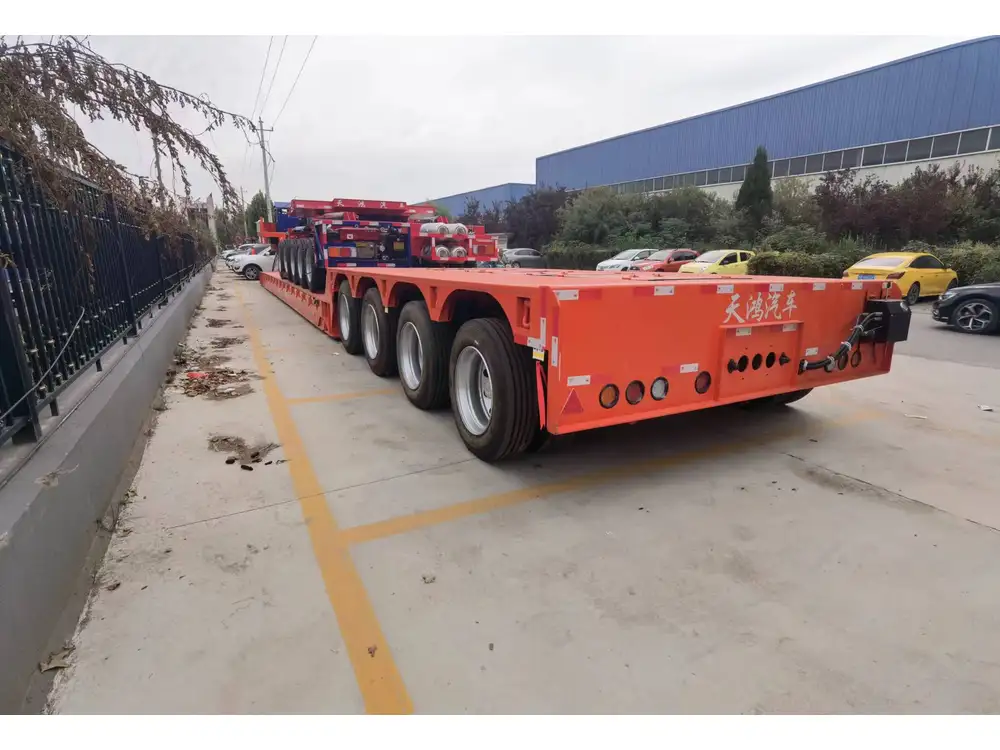
Assessment and Evaluation
Before any lifting operation, a comprehensive assessment of the cargo and the lift site is essential.
- Weight and Dimensions: Accurate measurements to select appropriate equipment.
- Load Distribution: Ensuring weight is evenly distributed to prevent imbalance.
- Site Conditions: Evaluating terrain, access routes, and environmental factors.
Risk Management
Identifying potential hazards and implementing strategies to mitigate risks.
- Weather Conditions: Avoiding lifts in adverse weather to ensure safety.
- Permits and Regulations: Securing necessary permissions and adhering to local laws.
- Emergency Procedures: Establishing protocols in case of unforeseen incidents.
2. Equipment Selection and Setup
Choosing the right equipment based on the cargo specifications and site conditions.

Cranes and Lifting Mechanisms
Selecting cranes with adequate lifting capacity and reach.
- Mobile Cranes: Offer flexibility for various lifting scenarios.
- Static Cranes: Provide stability for fixed-location operations.
- Heavy Lift Cranes: Designed for exceptionally large and heavy loads.
Trailers and Transportation Vehicles
Ensuring transportation vehicles can accommodate the cargo dimensions and weight.
- Extendable Trailers: Adaptable for transporting oversized items.
- Double or Triple Drop Trailers: Lower deck heights for easier loading and unloading.
- Lowboy Trailers: Ideal for exceptionally tall or heavy cargo.
3. Rigging and Securing the Cargo
Proper rigging ensures the cargo remains stable throughout the lift and transit.
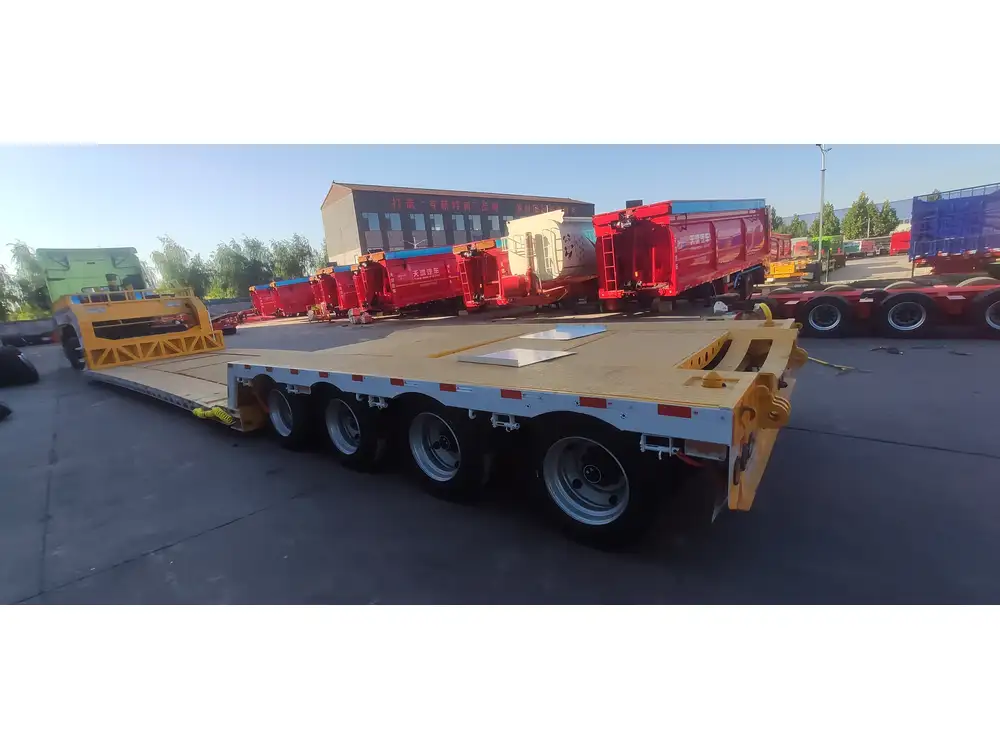
Rigging Techniques
Utilizing appropriate rigging methods based on the cargo shape and weight.
- Slings and Shackles: Basic tools for connecting cargo to lifting equipment.
- Custom Fabricated Rigging: Tailored solutions for irregularly shaped loads.
- Load Cells and Indicators: Monitoring weight distribution in real-time.
Securing for Transport
Effective methods to secure cargo for safe transportation.
- Strapping and Buckling: Preventing movement during transit.
- Blocking and Bracing: Providing additional support to maintain stability.
- Load Locks and Retainers: Ensuring cargo remains in place on trailers.
4. Execution of the Lift
Coordinated efforts to perform the lift safely and efficiently.

Communication Protocols
Establishing clear communication channels among all team members.
- Hand Signals: For silent communication in noisy environments.
- Two-Way Radios: Ensuring instant communication between crane operators and ground personnel.
- Lift Plans: Detailed plans outlining each step of the lift operation.
Monitoring and Adjustment
Constantly observing the lift and making necessary adjustments.
- Real-Time Monitoring: Tracking load movement and equipment performance.
- Dynamic Adjustments: Responding to changing conditions or unforeseen challenges.
- Safety Checks: Continuously verifying that all safety measures are maintained.
5. Post-Lift Procedures
Ensuring the cargo’s integrity and preparing for subsequent transportation stages.
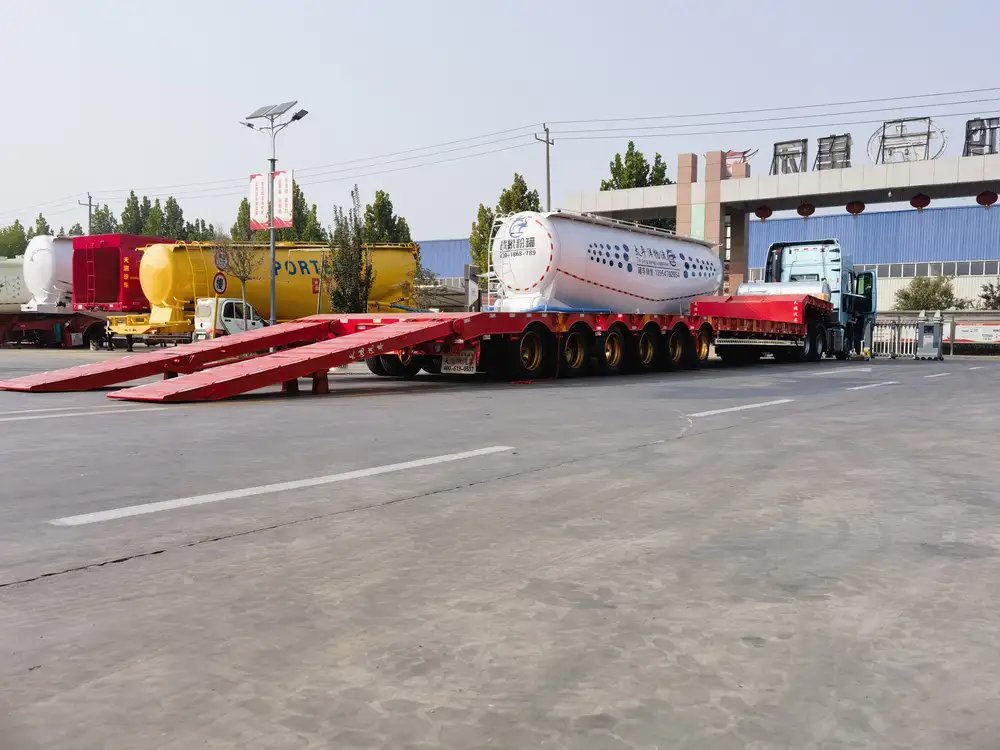
Inspection and Verification
Thoroughly inspecting the cargo and equipment post-lift.
- Damage Assessment: Identifying any potential damage during the lift.
- Equipment Check: Ensuring all equipment remains functional and secure.
- Documentation: Recording details of the lift for future reference and compliance.
Transportation and Delivery
Facilitating the smooth transfer of cargo to its final destination.
- Route Optimization: Planning the most efficient and safest route.
- Coordination with Transport Teams: Ensuring seamless handover to transportation operators.
- Final Securing: Double-checking all securing mechanisms before transit.
Best Practices for Heavy Lift Cargo Handling

Comprehensive Training Programs
Investing in ongoing training ensures that all personnel are up-to-date with the latest techniques and safety protocols.
Regular Equipment Maintenance
Scheduled maintenance prevents equipment failures and extends the lifespan of heavy lifting machinery.
Implementing Technology Solutions
Leveraging advanced technologies enhances precision and efficiency in heavy lift operations.
- GPS Tracking: Monitoring the real-time location of heavy cargo during transit.
- Load Monitoring Systems: Providing continuous data on load weight and distribution.
- Automation and Robotics: Assisting in repetitive or hazardous lifting tasks.

Adhering to Safety Standards
Strict compliance with safety regulations minimizes the risk of accidents and ensures the well-being of all personnel involved.
- OSHA Guidelines: Following Occupational Safety and Health Administration standards.
- International Standards: Adhering to global best practices for heavy lift operations.
- Custom Safety Protocols: Developing site-specific safety measures tailored to unique operational requirements.
Innovations in Heavy Lift Cargo Handling
Modular Trailers
Modular trailers offer enhanced flexibility, allowing for easy adjustments based on cargo size and weight. This innovation reduces setup time and increases the adaptability of transportation solutions.

Remote Monitoring Systems
Implementing remote monitoring systems facilitates real-time tracking and management of heavy lift operations, enabling quicker decision-making and immediate response to any issues that arise.
Advanced Simulation Software
Utilizing simulation software assists in planning and visualizing heavy lift operations, allowing for the identification and resolution of potential challenges before executing the actual lift.
Environmental Considerations in Heavy Lift Operations

Sustainable Practices
Incorporating sustainable practices reduces the environmental impact of heavy lift operations.
- Fuel-Efficient Equipment: Utilizing machinery that consumes less fuel and emits fewer pollutants.
- Route Planning: Selecting routes that minimize fuel consumption and avoid environmentally sensitive areas.
- Recycling and Disposal: Properly managing and disposing of materials used in heavy lift operations.
Compliance with Environmental Regulations
Ensuring all heavy lift activities comply with local and international environmental regulations to prevent legal issues and promote corporate responsibility.
Case Studies: Successful Heavy Lift Operations by CarMax Vehicle

Project A: Wind Turbine Installation
CarMax Vehicle successfully managed the installation of a 150-ton wind turbine by employing specialized heavy lift cranes and custom rigging solutions. The meticulous planning and execution resulted in a timely and damage-free installation, highlighting our expertise in handling complex heavy lift projects.
Project B: Industrial Machinery Transport
Transporting a 200-ton industrial press required precision and robust equipment. Our team utilized reinforced flatbed trailers and heavy-duty forklifts to ensure safe and efficient movement, demonstrating our capability to handle exceptionally heavy and bulky machinery.
Choosing the Right Partner for Heavy Lift Cargo Handling
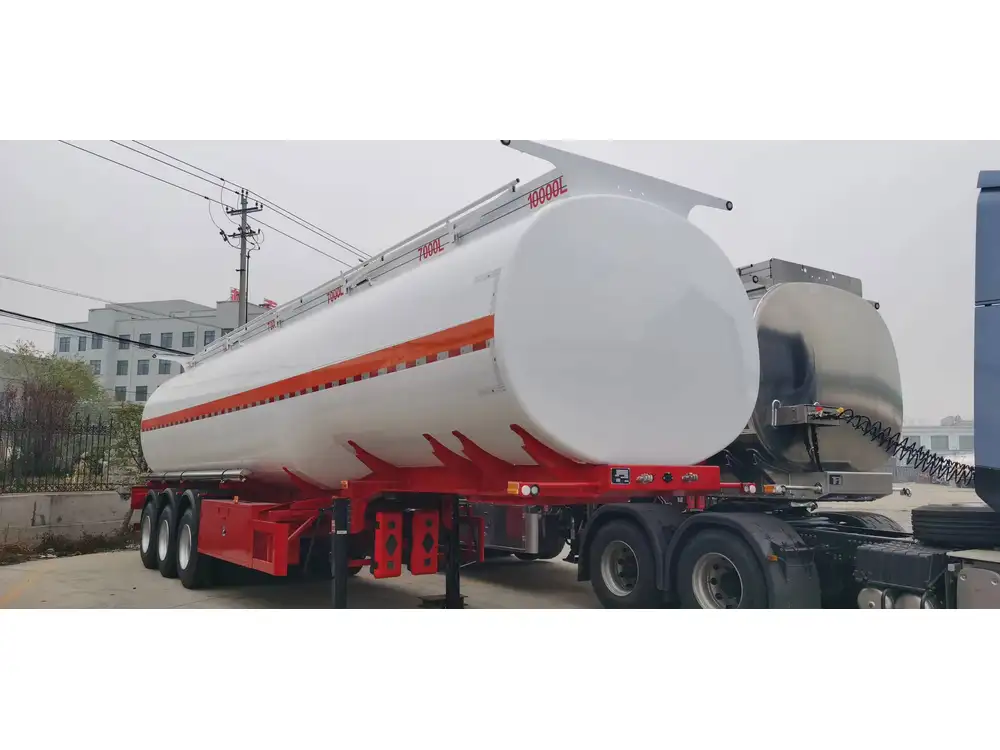
Expertise and Experience
Selecting a partner with extensive experience in heavy lift operations ensures that your cargo is handled with the highest level of professionalism and competence.
Customized Solutions
We at CarMax Trailer understand that each heavy lift project is unique. We offer tailored solutions that address the specific requirements of your cargo and project goals.
Comprehensive Support
From initial planning to final delivery, our team provides comprehensive support to ensure seamless and successful heavy lift operations.

Conclusion
Heavy lift cargo handling is a complex process that demands meticulous planning, specialized equipment, and skilled personnel. At CarMax Vehicle, we are committed to delivering superior heavy lift solutions that meet the highest standards of safety and efficiency. By adhering to best practices, embracing innovative technologies, and prioritizing environmental sustainability, we ensure that your heavy lift operations are executed flawlessly from start to finish.
Frequently Asked Questions
1. What defines heavy lift cargo?
Heavy lift cargo refers to oversized or exceptionally heavy items that exceed standard shipping dimensions and weights. These cargos require specialized equipment and handling techniques to ensure safe transportation.
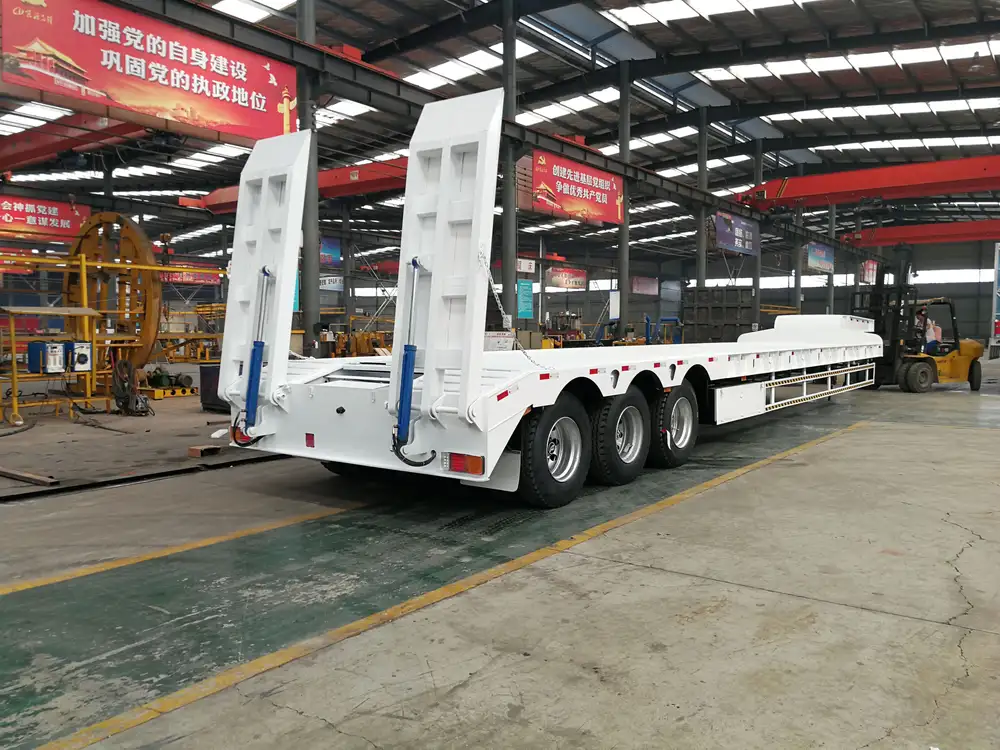
2. What equipment is essential for heavy lift operations?
Essential equipment includes cranes (mobile, static, heavy lift), flatbed trailers, heavy-duty forklifts, and specialized rigging gear. The specific equipment used depends on the cargo’s size, weight, and the operational context.
3. How do you ensure safety during heavy lift operations?
Safety is ensured through comprehensive pre-lift planning, risk assessments, adherence to safety standards, regular equipment maintenance, and ongoing training for all personnel involved in the operation.
4. Can CarMax Vehicle handle international heavy lift projects?
Yes, CarMax Vehicle has the expertise and resources to manage heavy lift projects on both national and international scales, ensuring compliance with all relevant regulations and standards.
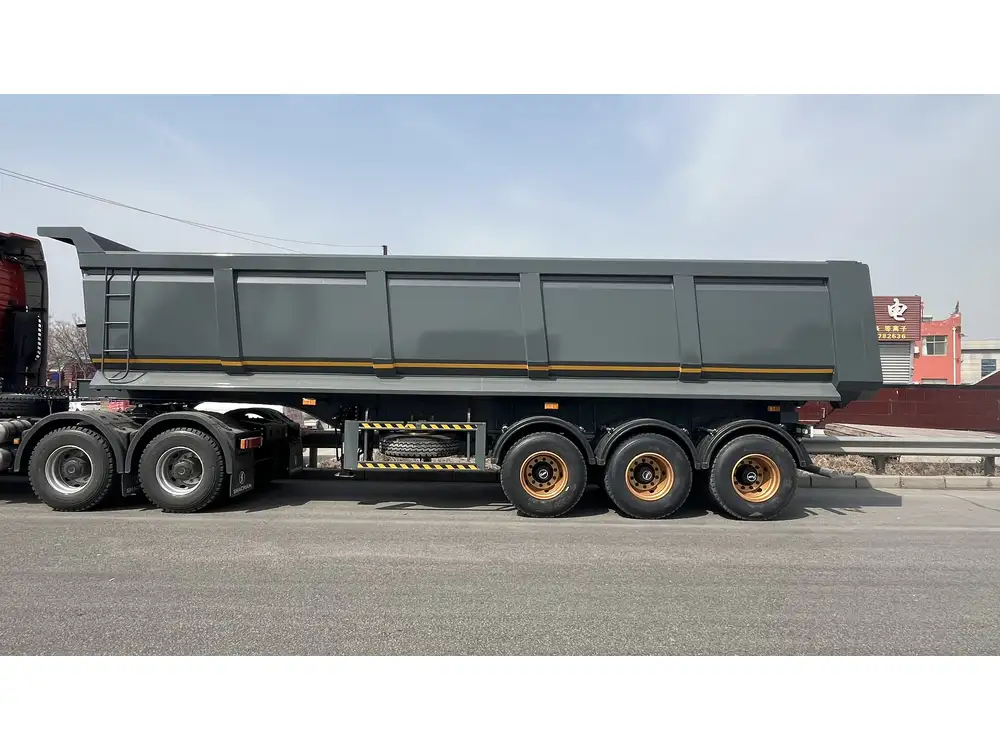
5. What are the latest innovations in heavy lift cargo handling?
Recent innovations include modular trailers for increased flexibility, remote monitoring systems for real-time management, and advanced simulation software for planning and optimizing heavy lift operations.



